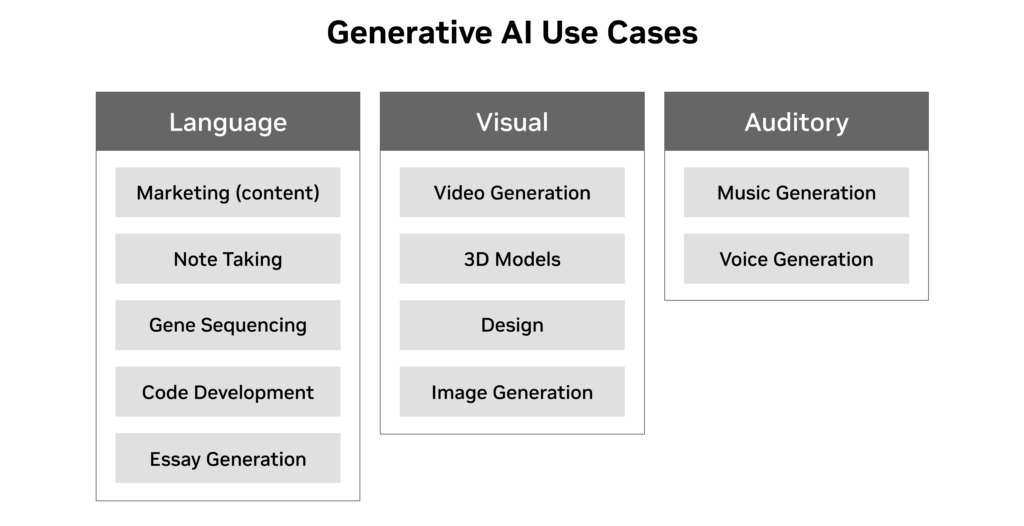If you’ve paid attention to the technology world over the last 12 months, you’ll have been bombarded with news and announcements about new generative AI initiatives. Here are the basics on just what generative artificial intelligence is.
Here at Trusted Reviews, we don’t pay too much attention to the drama of the technology world but, in recent weeks, it was hard to ignore the OpenAI drama. The company behind one of the most well-known generative AI applications has been in turmoil.
But, even if you’ve heard of OpenAI and its current trials and tribulations you may not be fully aware of what it, and ChatGPT, actually does. This is our simple explainer on the basics of generative AI.
What is generative AI?
Generative artificial intelligence (AI) is the use of AI to create content. This typically includes text, images, audio, video, music and more. Generative AI learns from a large language model (LLM), detecting patterns to form new content. This technology lets users get this content quickly, often through natural language requests.

The term “generative AI” picked up mainstream attention recently with the rise to prominence of ChatGPT, a chatbot created by OpenAI which uses generative AI to reply to text-to-text-based queries. A major update then followed, with ChatGPT-4 being released, touting faster performance and enhanced features.
Other popular uses of generative AI in recent times have come in the form of Google Bard, Adobe Firefly and Microsoft Copilot.
Aside from ChatGPT’s recent rise, there have been other recent flashpoints in the attention on generative AI, such as the launch of DALL-E. DALL-E (and, now, DALL-E 2) is a text-to-image-based generative AI tool, that enables it to create new imagery. Similar tools appreciate Midjourney and Stable Diffusion then followed.
There’s been much debate surrounding generative AI, particularly around its applications relating to fake news and disinformation (via WIRED) or using it in place of human-created content (via The Verge) along with how and if the creative works used with the learning language model should be credited.

